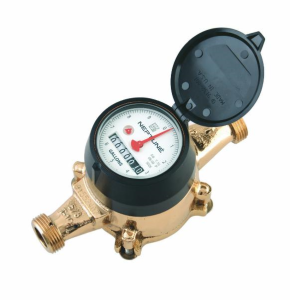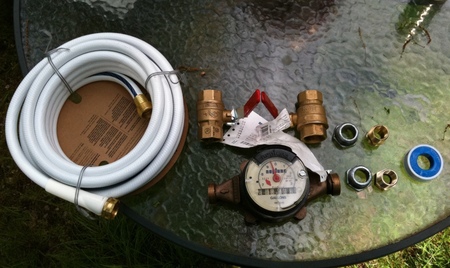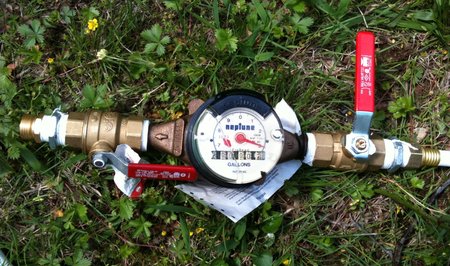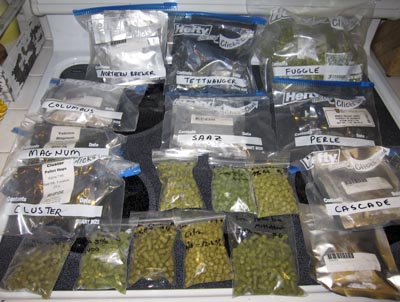Sometimes you just nail it.
Last weekend’s IPA brewday was one of my best ones yet. All of the water volume data I recorded last year finally paid off big time – my original gravity came in at 1.072 vs an expected 1.071 – my most accurate brew to date! It wasn’t perfect – my mash efficiency came in 5% low (75% vs the expected 80%), and I was still about a half gallon of wort short at the end (5.5 gallons into the fermentor instead of 6) – but the errors were small and effectively cancelled themselves out. Sometimes the brewing gods smile upon you and two wrongs do make a right!
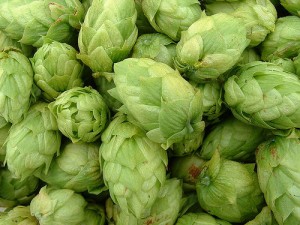
All of the data I took last year was very helpful in estimating my grain absorption and evaporation rates and tun, kettle and cooling losses. My new water meter made measuring water a snap, and I decided to round all measurements to the quarter gallon. This took a lot of the micro-management out of the water side of things, and I’m very pleased with the results. This was my goal all along – the meticulous collection of data leading to the ability to relax and enjoy the results.
The IPA has been gurgling happily in my fermentation fridge at around 65°F – my basement is actually cooler than that, so I’m using this brewing space heater with a dual stage controller. It’s actually a flat pad you can stick to the wall of the fridge – perfect for maintaining ale temps in a cool basement or during the winter.
Today was the first gravity reading and taste test. The gravity is currently at 1.020 vs an expected final of 1.017, so it has a few more days before I crash cool it. The taste – all I can say is WOW! This is one nice IPA, even when it’s warm and flat! It has a really fragrant hop nose and you think it’s going to clobber you, but with its high starting gravity it comes out very well-balanced. Not too thick of a mouthfeel, a nice, strong malt backbone, and sharp, citrusy hop flavor cutting through it all. Even my wife loved it, and she is not a hophead at all.
You can find the recipe here. Also, I’m looking for a name for this beer – any ideas? Leave a comment or hit me up on Twitter.
